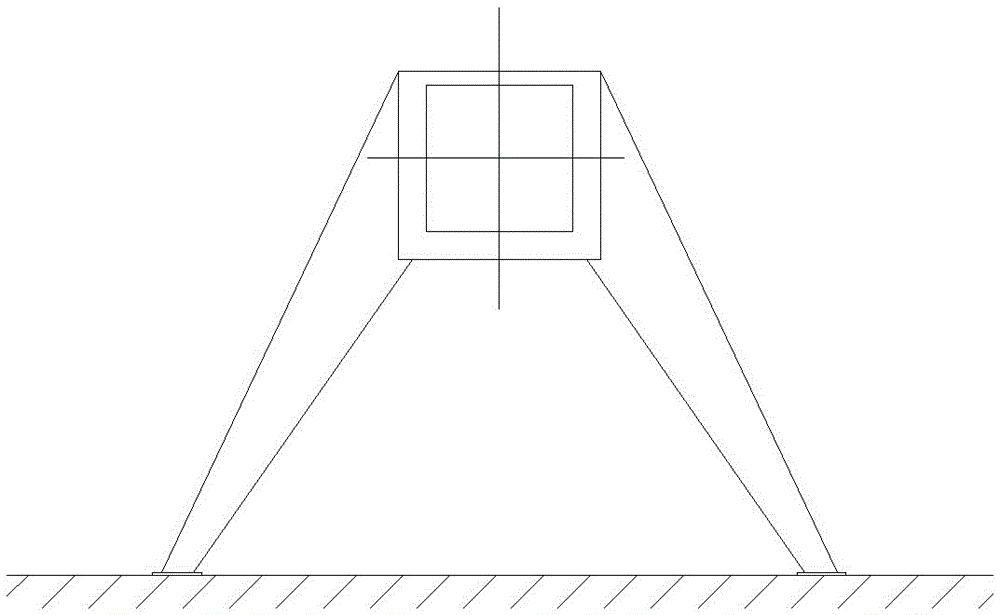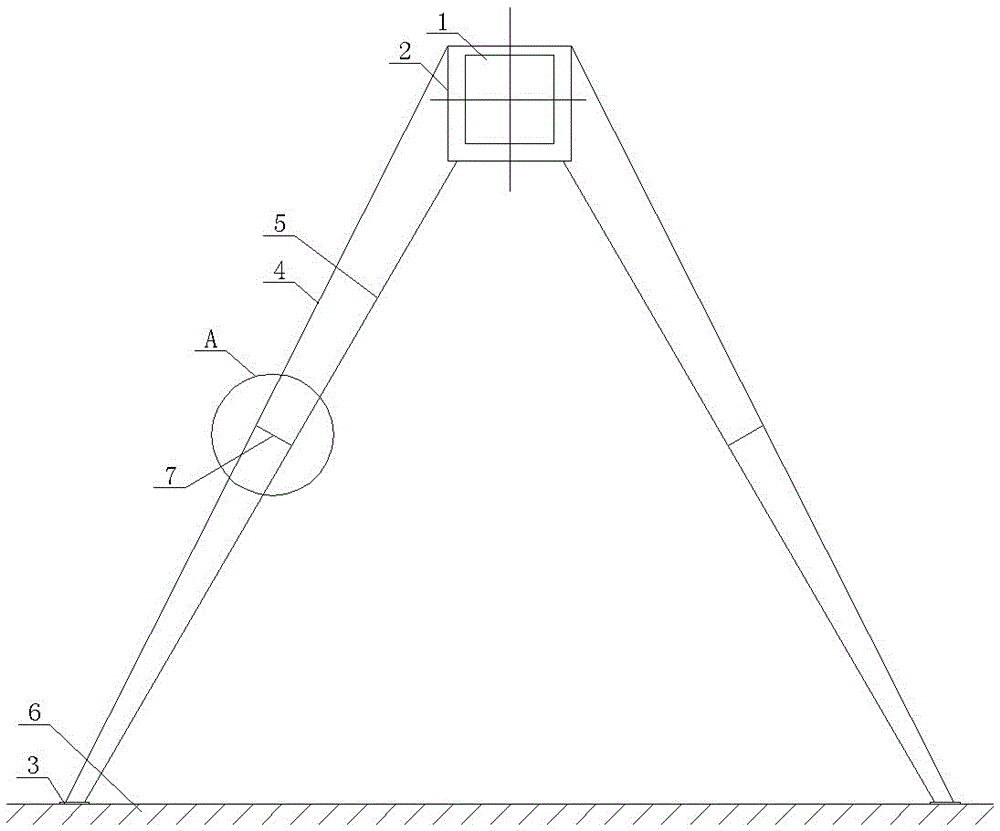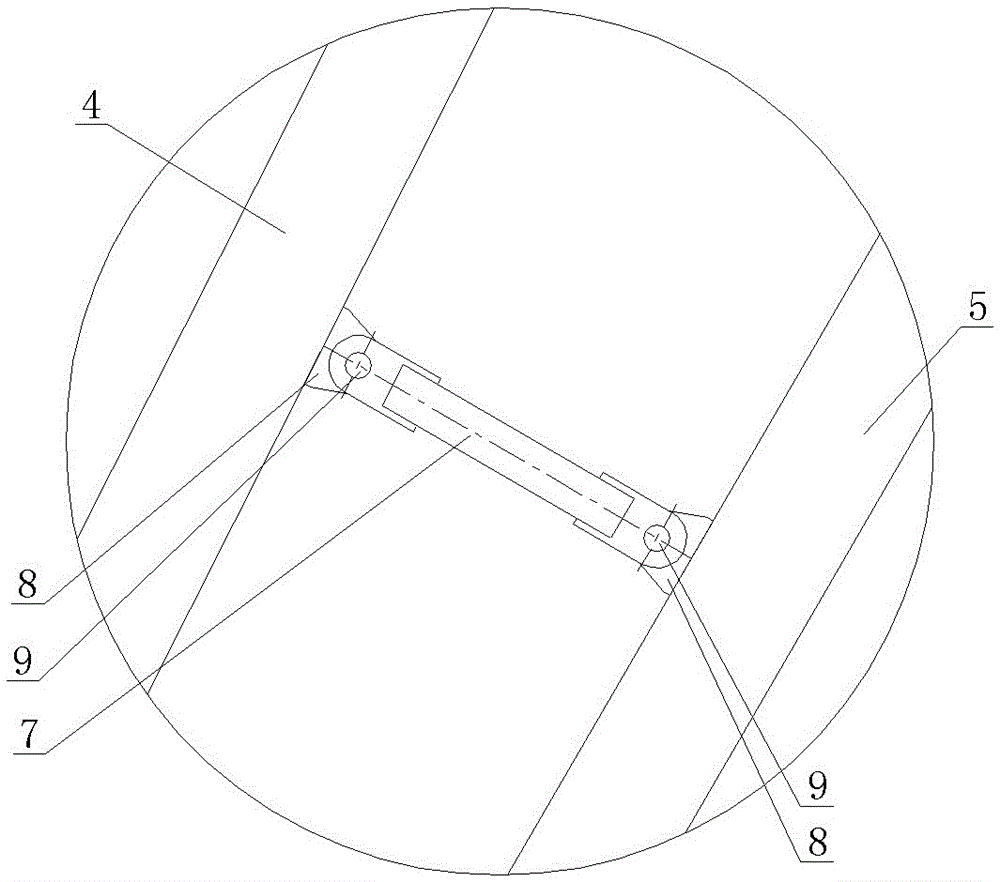A self-elevating tower crane with a wall frame structure
A wall-attached, self-elevating technology, applied to cranes and other directions, can solve the problems of increased cost, large wall-attached struts, and increased construction difficulty, so as to save costs, reduce construction difficulty, and improve strength and stability.
- Summary
- Abstract
- Description
- Claims
- Application Information
AI Technical Summary
Problems solved by technology
Method used
Image
Examples
Embodiment Construction
[0011] See figure 2 , image 3 , which includes a tower body 1, a wall-attached frame 2, struts, and a support 3. The struts include an outer strut 4 and an inner strut 5. The support 3 is supported on a building 6. The tower body 1 is provided with an attached wall The frame 2, the wall-attached frame 2 and each corresponding support 3 are provided with an outer strut 4 and an inner strut 5, and the middle position of the outer strut 4 and the inner strut 5 corresponding to each support 3 They are connected by a connecting rod 7, and the specific connection structure is as follows: the opposite sides of the corresponding middle positions of the outer strut 4 and the inner strut 5 corresponding to each support 3 are respectively welded with ear plates 8, and the connecting rods 7 are welded to each other. The two ends are respectively fastened to the lug plates 8 of the corresponding outer struts 4 and inner struts 5 through pin shafts 9 .
PUM
 Login to View More
Login to View More Abstract
Description
Claims
Application Information
 Login to View More
Login to View More - R&D
- Intellectual Property
- Life Sciences
- Materials
- Tech Scout
- Unparalleled Data Quality
- Higher Quality Content
- 60% Fewer Hallucinations
Browse by: Latest US Patents, China's latest patents, Technical Efficacy Thesaurus, Application Domain, Technology Topic, Popular Technical Reports.
© 2025 PatSnap. All rights reserved.Legal|Privacy policy|Modern Slavery Act Transparency Statement|Sitemap|About US| Contact US: help@patsnap.com



